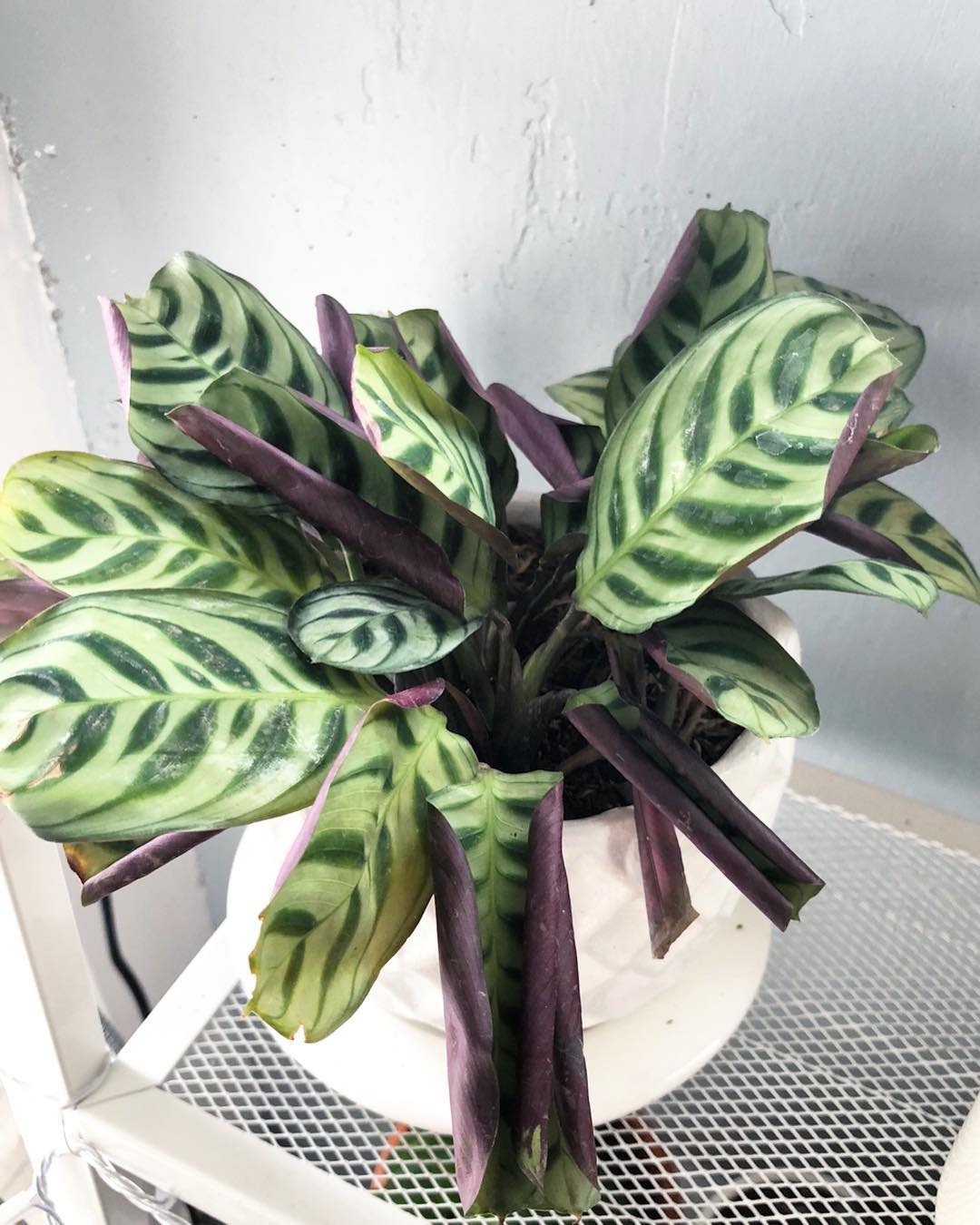Discover why your prayer plant leaves are curling and learn expert solutions. This comprehensive guide covers causes, prevention and treatment for healthier Maranta plants.
Prayer plant leaves curling is often caused by underwatering, low humidity, temperature stress, or pest infestations. To remedy this, ensure proper watering, increase humidity, maintain ideal temperatures between 60-80°F (15-27°C), and check for pests. Addressing these factors can help restore your prayer plant’s health and uncurl its leaves.
As a botanist specializing in tropical houseplants, I’ve encountered numerous cases of leaf curling in prayer plants (Maranta leuconeura). This guide will help you identify the causes and implement effective solutions to keep your prayer plant thriving.
Understanding Prayer Plants

About Prayer Plants
Prayer plants, or Maranta leuconeura, are known for their:
- Vibrant, patterned leaves
- Unique leaf movements (closing at night, resembling praying hands)
- Tropical origins
For more botanical information, visit the Missouri Botanical Garden’s Maranta leuconeura page.
Common Causes of Leaf Curling
1. Underwatering
Symptoms:
- Curled, crispy leaf edges
- Dry soil
- Drooping leaves
Solution:
- Water thoroughly when the top inch of soil feels dry
- Ensure proper drainage to prevent waterlogging
2. Low Humidity
Symptoms:
- Curling leaves, especially at the edges
- Brown, crispy leaf tips
Solution:
- Use a humidifier
- Place the plant on a pebble tray with water
- Group plants together to increase local humidity
3. Temperature Stress
Symptoms:
- Curled leaves
- Yellowing or browning of leaves
Solution:
- Maintain temperatures between 60-80°F (15-27°C)
- Protect from cold drafts and direct heat sources
4. Pest Infestations
Symptoms:
- Curled, distorted leaves
- Visible pests or signs (e.g., webbing, sticky residue)
Solution:
- Inspect regularly for pests
- Treat with neem oil or insecticidal soap
- Isolate affected plants
For more on houseplant pests, check the University of Minnesota Extension’s guide.
Preventive Care for Prayer Plants
Proper Watering Techniques
- Use room temperature, filtered water
- Water when the top inch of soil is dry
- Ensure pots have drainage holes
Maintaining Ideal Humidity
- Aim for 50-60% humidity
- Use a hygrometer to monitor levels
- Consider a small humidifier for consistent moisture
Optimal Lighting
- Provide bright, indirect light
- Avoid direct sunlight, which can scorch leaves
Fertilization
- Feed monthly during growing season with balanced, water-soluble fertilizer
- Reduce fertilization in winter
Troubleshooting Other Common Issues
Yellowing Leaves
Possible Causes:
- Overwatering
- Nutrient deficiency
Solutions:
- Adjust watering schedule
- Check soil nutrition and fertilize if necessary
Brown Leaf Tips
Possible Causes:
- Low humidity
- Fluoride in water
Solutions:
- Increase humidity
- Use distilled or rainwater for watering
Fading Leaf Patterns
Possible Causes:
- Too much direct sunlight
- Aging leaves
Solutions:
- Move to a location with bright, indirect light
- Normal for older leaves; focus on new growth
Propagation Tips
Propagating healthy stems can help rejuvenate your plant:
- Cut a healthy stem with at least two leaves
- Remove lower leaves, leaving the top 1-2
- Place in water or moist soil
- Maintain high humidity during rooting
For detailed propagation methods, visit the University of Florida’s IFAS Extension guide on plant propagation.
When to Repot
Signs it’s time to repot your prayer plant:
- Roots growing through drainage holes
- Plant becoming rootbound
- Slower growth or frequent wilting
Repotting steps:
- Choose a pot 1-2 inches larger in diameter
- Use fresh, well-draining potting mix
- Gently remove the plant from its current pot
- Loosen roots and place in new pot
- Water thoroughly after repotting
Leaf curling in prayer plants is often a sign of environmental stress, but with proper care and attention, these issues can be resolved. Remember that prayer plants are sensitive to their environment, so maintaining consistent care is key to their health and beauty.
By addressing the common causes of leaf curling – underwatering, low humidity, temperature stress, and pest infestations – you can help your prayer plant recover and thrive. Regular monitoring and adjustments to your care routine will ensure your plant remains a vibrant and unique addition to your indoor garden.For more information on tropical houseplant care, visit the Tropical Plant International Expo’s resource page.
For more gardening tips and plant care guides, visit https://usagardenweb.com/








Leave a Reply